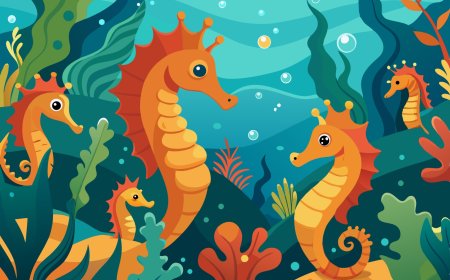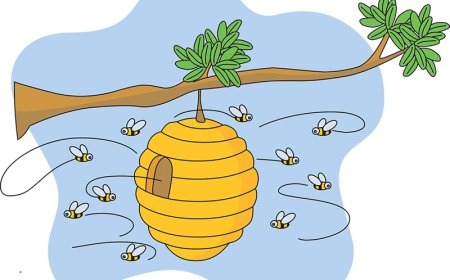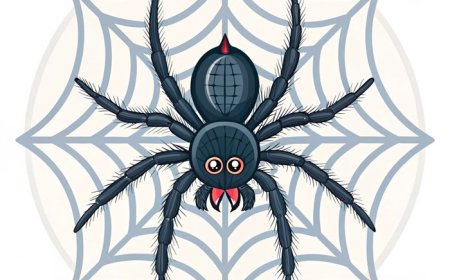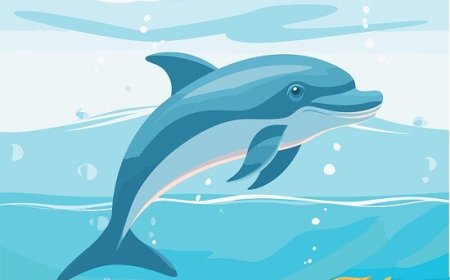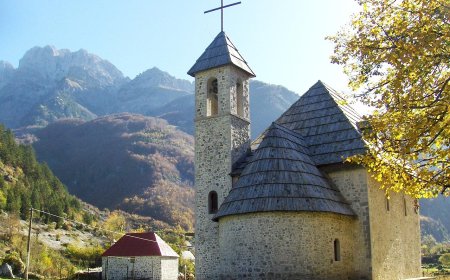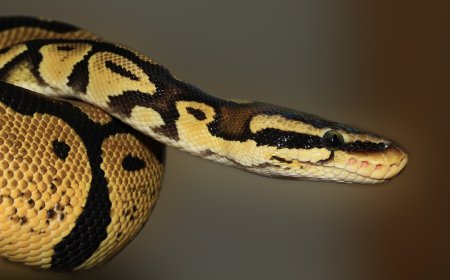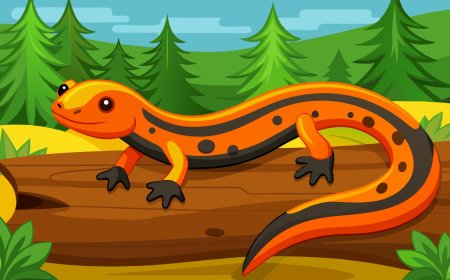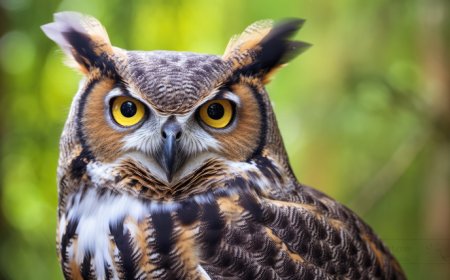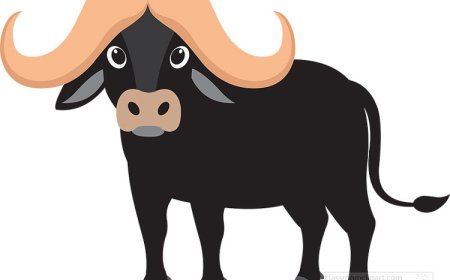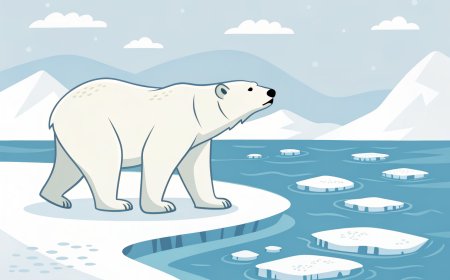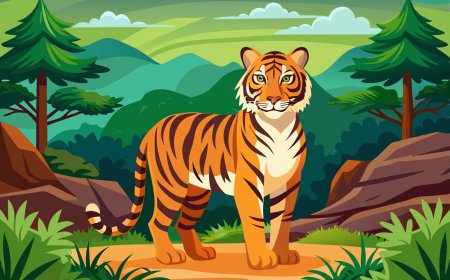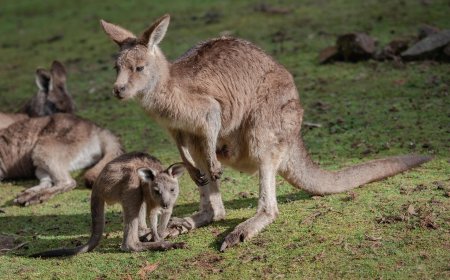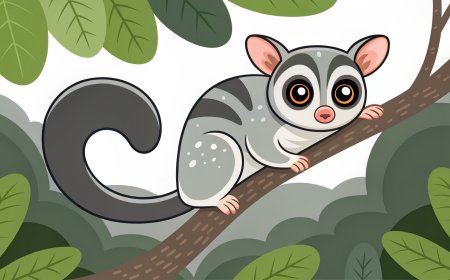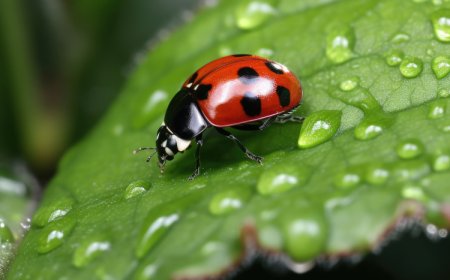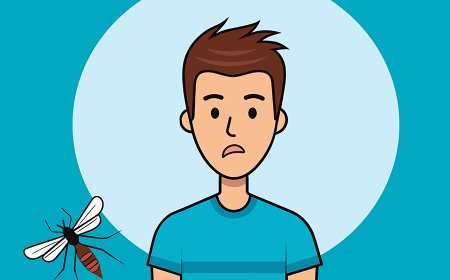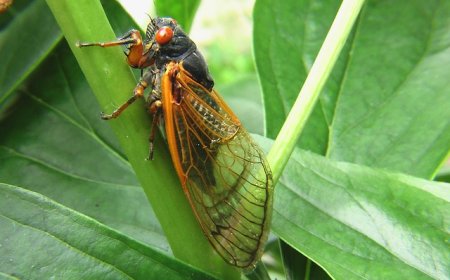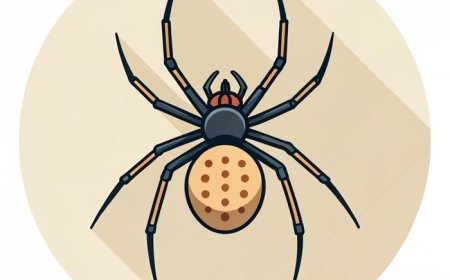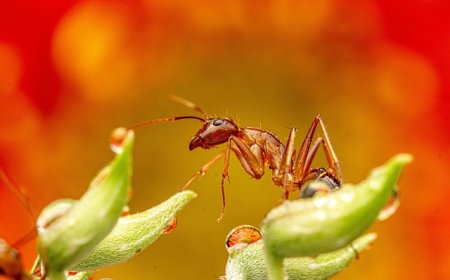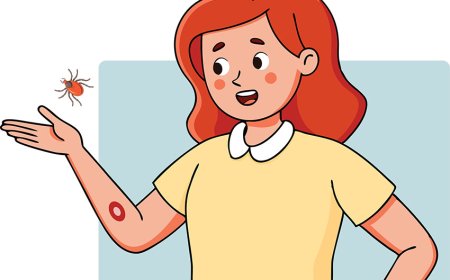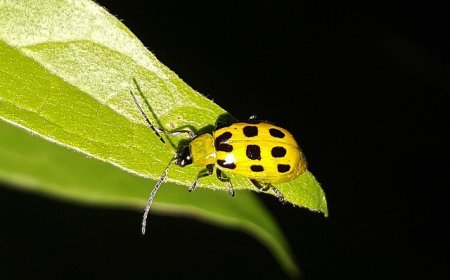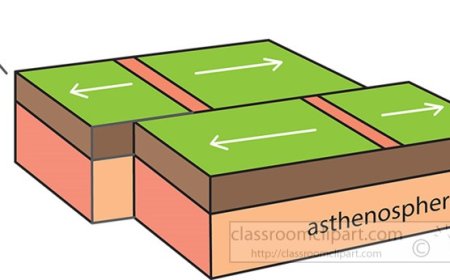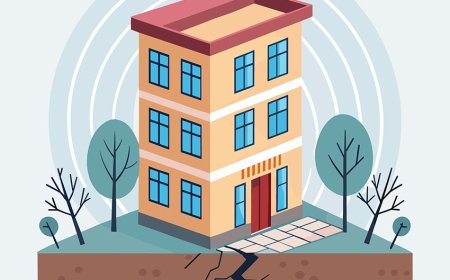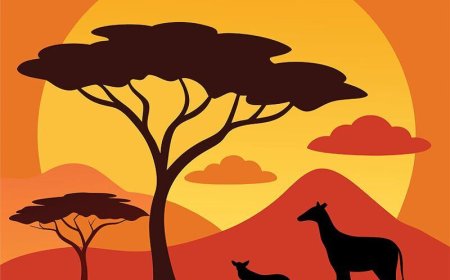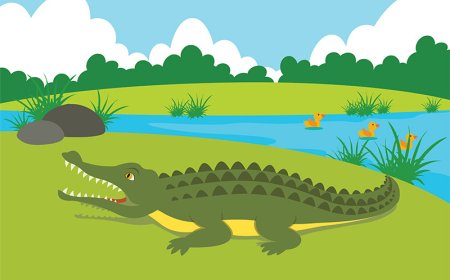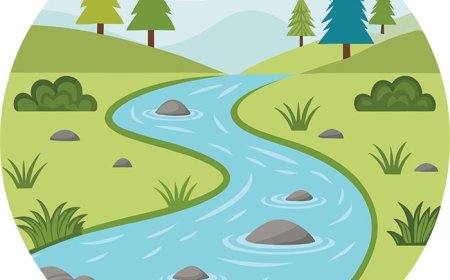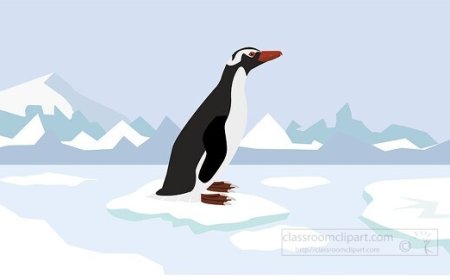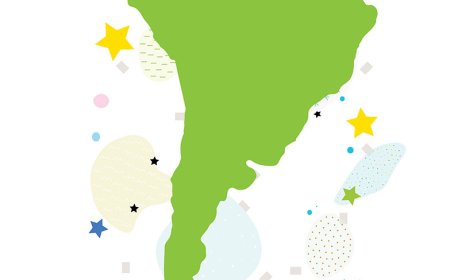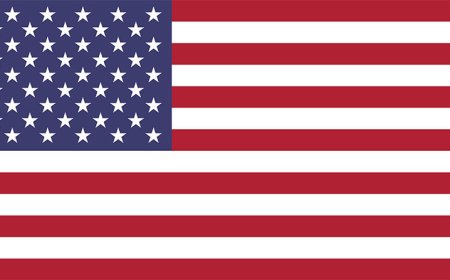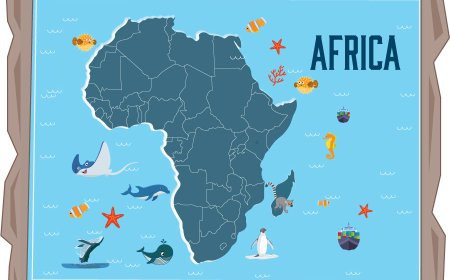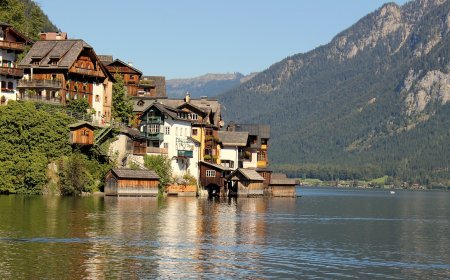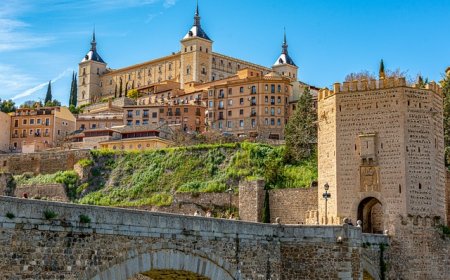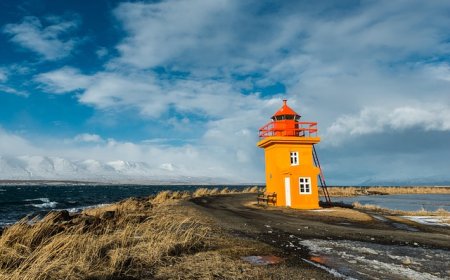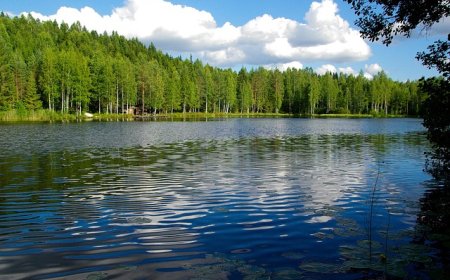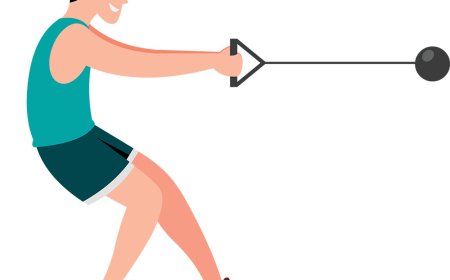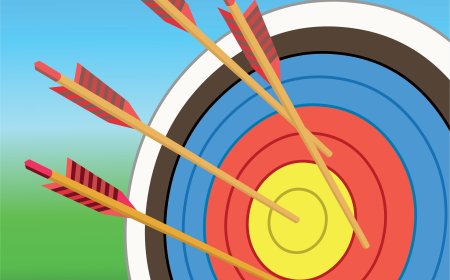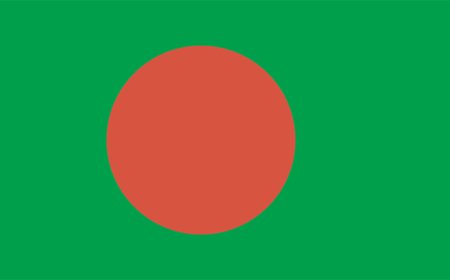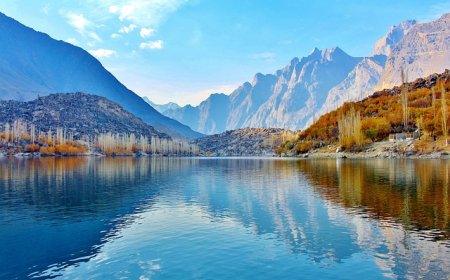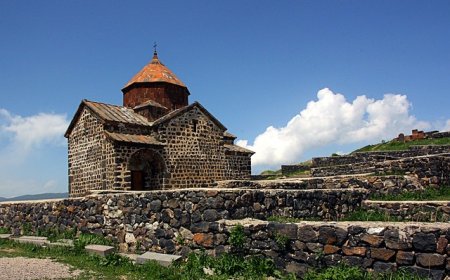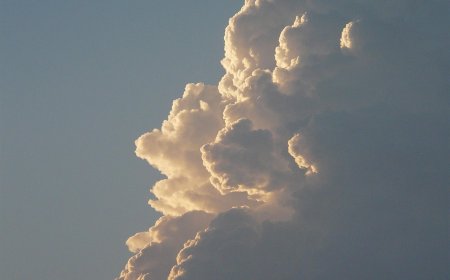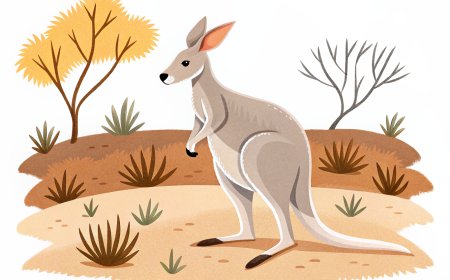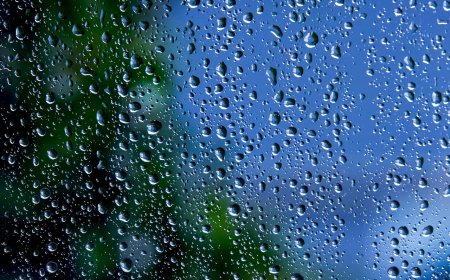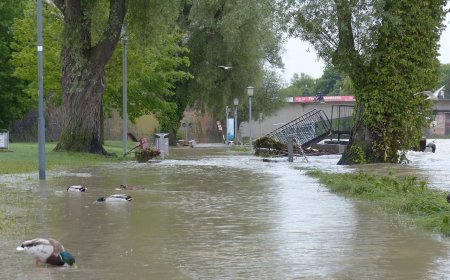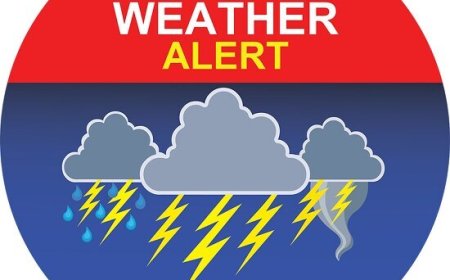Precipitation Facts for Kids – Rain, Snow, and Everything in Between
Discover precipitation for kids. Learn how rain, snow, sleet, and hail form, why they happen, and how precipitation affects weather around the world
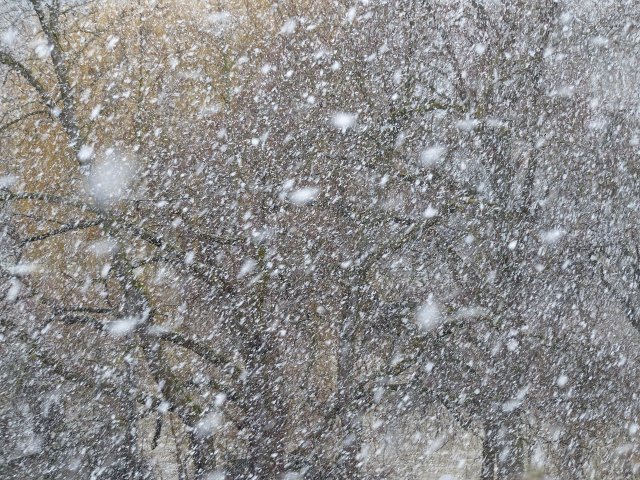
🧭 Introduction
One of the most familiar parts of weather is precipitation—the water that falls from the sky. It can come down as rain, snow, sleet, or hail, depending on the temperature and air pressure. Precipitation is an important part of the water cycle, helping to water plants, fill rivers, and even cool down the planet. It also affects how we live, from what we wear to whether or not schools are open! But how does it form, and why does it come in different forms?
💧 What Is Precipitation?
Precipitation happens when clouds become full of water and can’t hold any more. Clouds form when water vapor condenses into tiny droplets or ice crystals. When those droplets grow heavy enough, they fall to Earth because of gravity.
The form of precipitation depends mostly on the temperature:
If it’s warm, we get rain.
If it’s cold, we might get snow, sleet, or hail.
Precipitation helps return water to the ground, keeping lakes, rivers, and plants alive. Without it, the Earth would become too dry.
☔ Types of Precipitation
🌧️ Rain
Rain is the most common type of precipitation. It forms when water droplets in clouds combine and grow heavy enough to fall. The air below the cloud must be warm enough to keep the droplets from freezing. Rain can be light and gentle or heavy and stormy.
❄️ Snow
Snow forms when the air high in the sky and near the ground is cold—below freezing. Water vapor in clouds turns directly into ice crystals, which stick together to form snowflakes. Each snowflake has a unique pattern and shape!
🌨️ Sleet
Sleet begins as snow high in the clouds, then melts into rain as it falls through a warm layer of air. If it then passes through a cold layer near the ground, it refreezes into tiny ice pellets before landing. Sleet is noisy and can make roads very slippery!
🌩️ Hail
Hail forms during strong thunderstorms, especially in cumulonimbus clouds. Raindrops are blown upward by powerful winds inside the storm and freeze. As they go up and down through cold and warm parts of the cloud, they gather layers of ice. Eventually, the hailstones become too heavy and fall to the ground. Some can grow as large as golf balls or even baseballs!
🔄 Precipitation and the Water Cycle
Precipitation is a key part of the water cycle, which moves water around our planet.
Evaporation – Water from oceans, lakes, and rivers turns into vapor.
Condensation – Water vapor cools and forms clouds.
Precipitation – Water falls from clouds as rain, snow, etc.
Collection – Water gathers in rivers, lakes, and oceans to start again.
This cycle keeps water moving and makes life possible for all living things.
🧪 How We Measure Precipitation
Meteorologists measure precipitation using:
Rain gauges – to measure how much rain falls
Snow rulers – to measure snow depth
Radar systems – to track where precipitation is falling in real time
Weather balloons and satellites – to collect data from high up in the atmosphere
This helps them forecast storms, predict floods, and give us early warnings about dangerous weather.
🌍 Precipitation Around the World
Not all places on Earth get the same amount of precipitation:
Rainforests get heavy rain almost every day.
Deserts get very little—sometimes less than 10 inches a year.
Polar regions get light snow, but it may never melt.
Tropical areas can have intense storms with sudden downpours.
Climate, geography, and wind patterns all play a role in how much precipitation a region gets.
📚 Vocabulary Words
Word Definition
Precipitation Water that falls from clouds as rain, snow, sleet, or hail
Condensation When water vapor turns into liquid or ice
Evaporation When liquid water turns into vapor
Sleet Frozen raindrops that form when snow melts then refreezes
Hail Ice balls formed in strong thunderstorm clouds
💡 Interesting Facts About Precipitation
The largest hailstone ever recorded in the U.S. was 8 inches wide!
Snowflakes always have six sides, but no two are exactly alike.
Some deserts get rain only once every few years.
It can snow in the desert, like in parts of Arizona or the Sahara!
The wettest place on Earth is Mawsynram, India, with over 450 inches of rain per year!
👧 Kid-Friendly Summary
Precipitation is water falling from the sky as rain, snow, sleet, or hail. Rain happens when it’s warm, and snow falls when it’s cold. Precipitation is part of the water cycle and helps plants grow and fill lakes and rivers. We see it all the time, but there’s a lot of science behind those drops and flakes!
✅ Interactive Quiz
Q1: What is precipitation?
A. Wind blowing
B. Water falling from clouds
C. Air rising
D. The Sun shining
Q2: Which type of precipitation forms in thunderstorms?
A. Snow
B. Sleet
C. Hail
D. Fog
Q3: What causes snow to form instead of rain?
A. The clouds are thick
B. The ground is hot
C. The air is below freezing
D. It’s too dry
Q4: What tool measures rainfall?
A. Barometer
B. Rain gauge
C. Thermometer
D. Compass
Q5: What type of precipitation starts as snow, melts, then refreezes?
A. Rain
B. Sleet
C. Snow
D. Hail
Scoring:
5/5 = ☔ Precipitation Pro
3–4 = 🌧️ Cloud Catcher
1–2 = 📘 Time to Review the Rain

